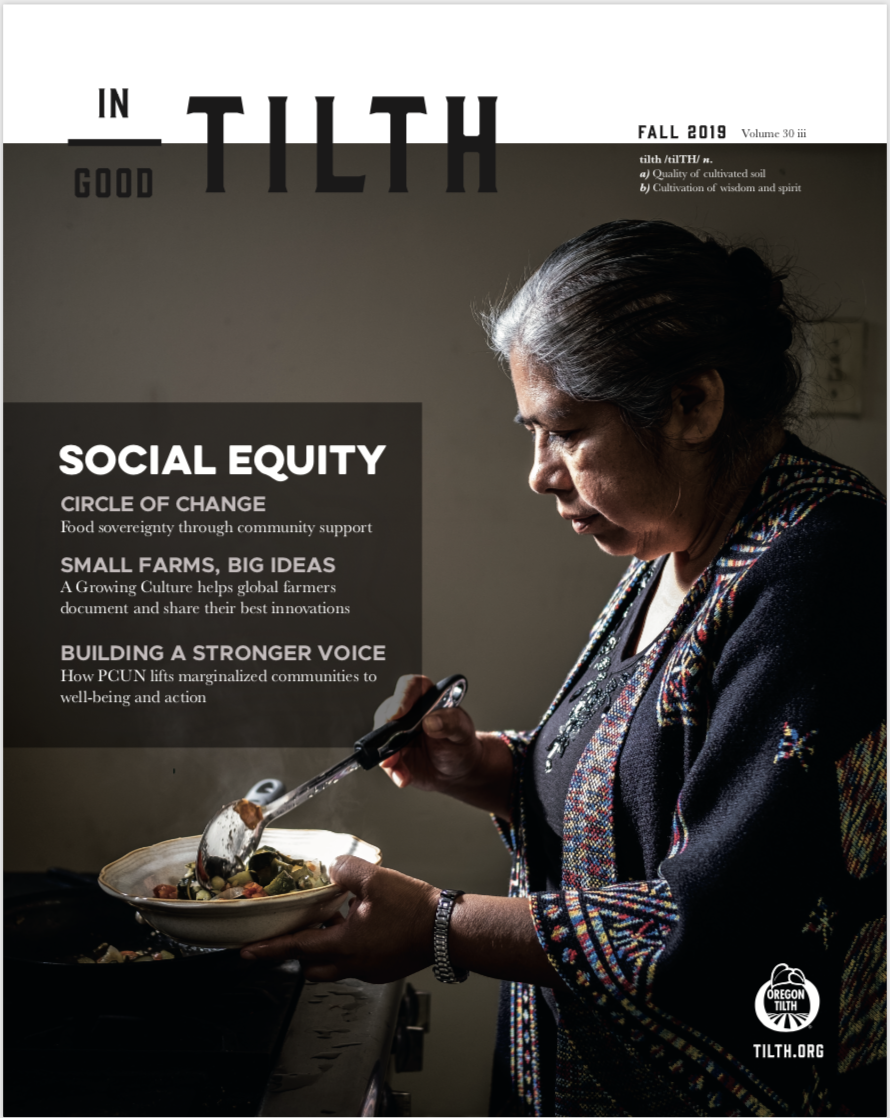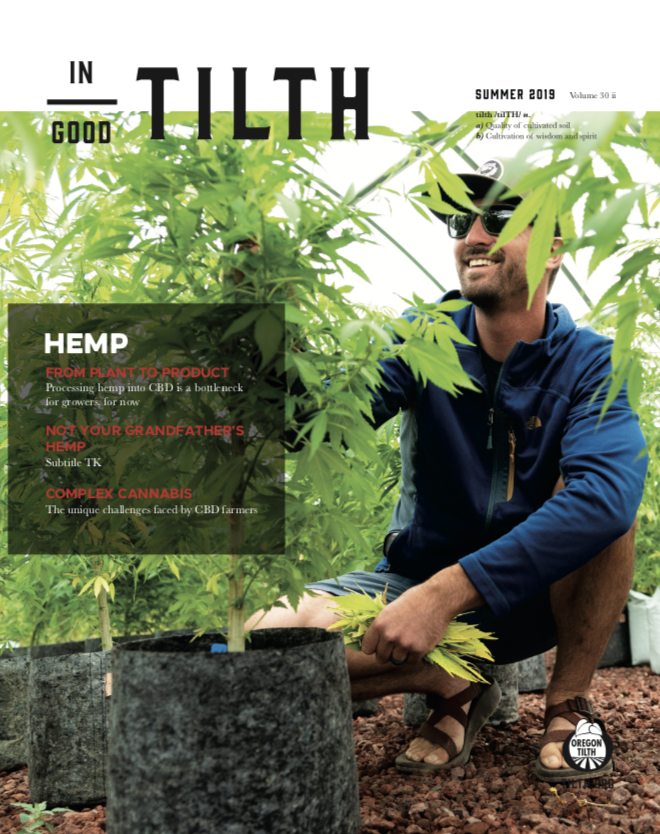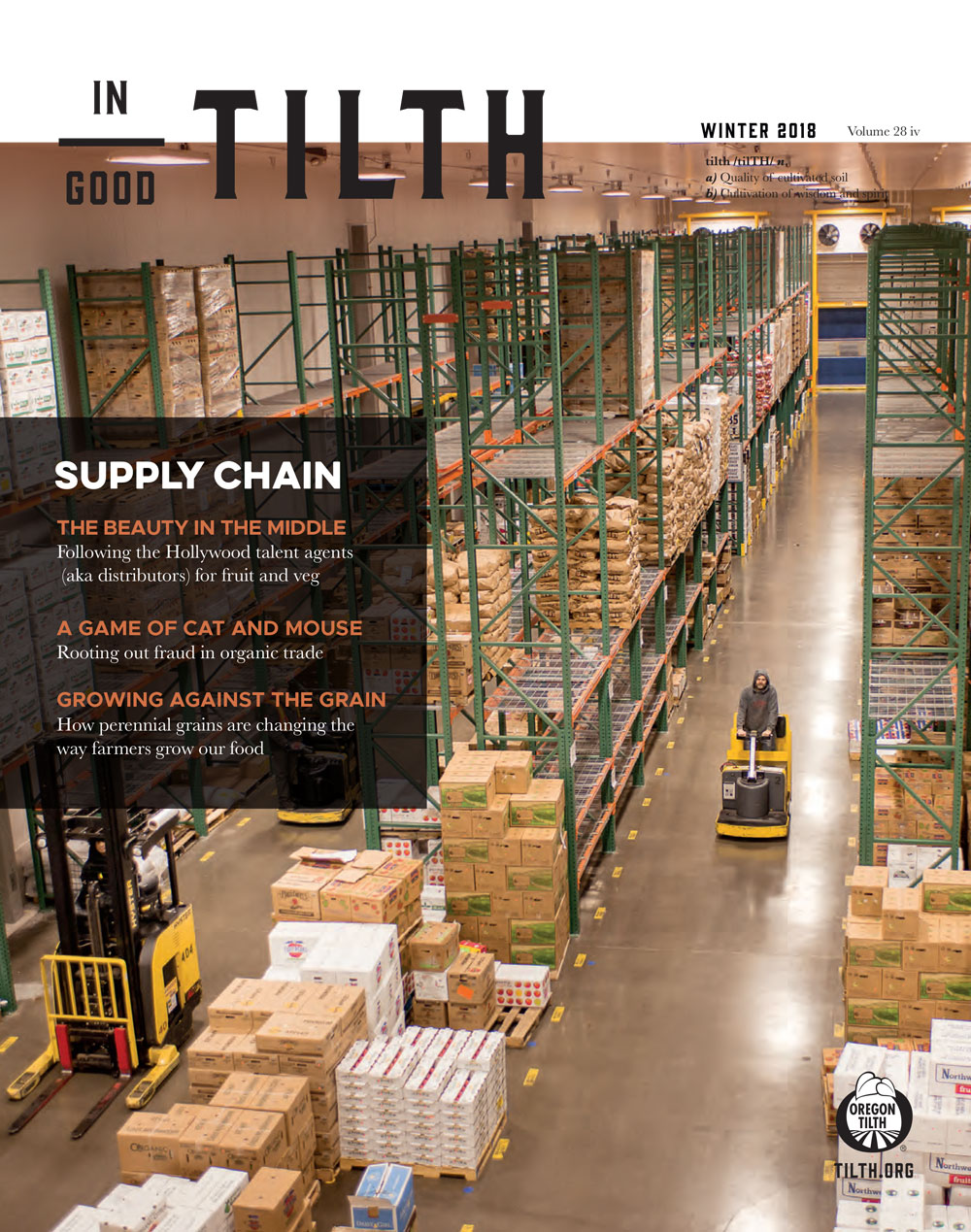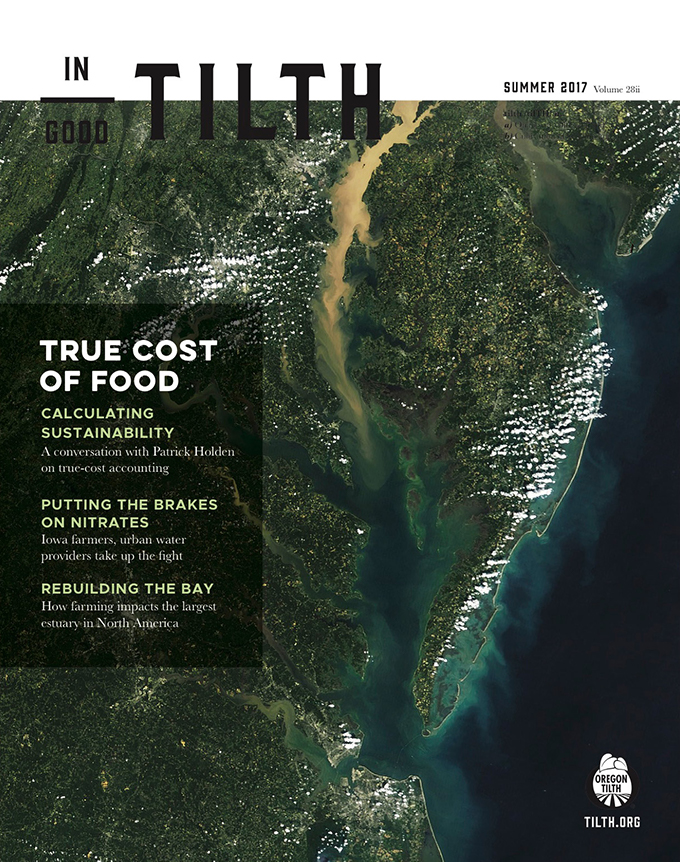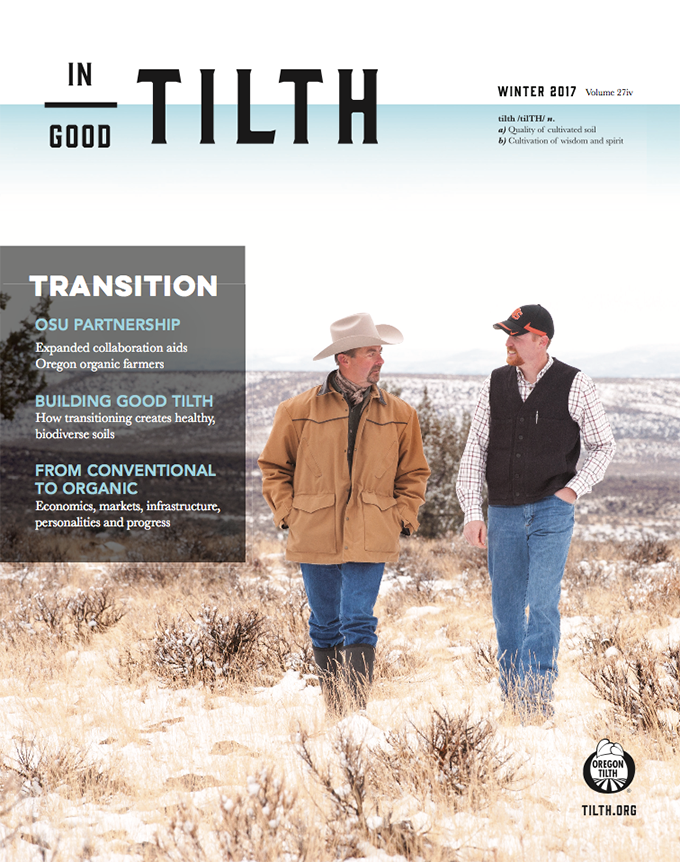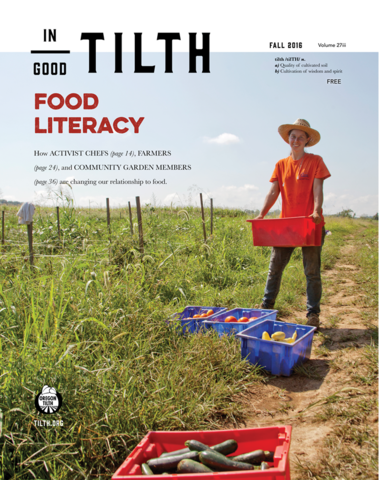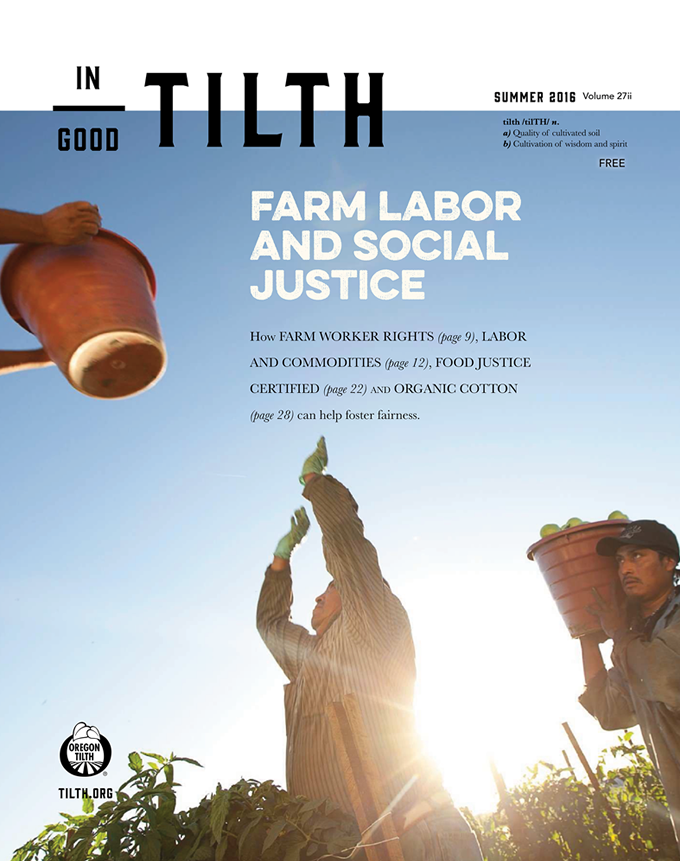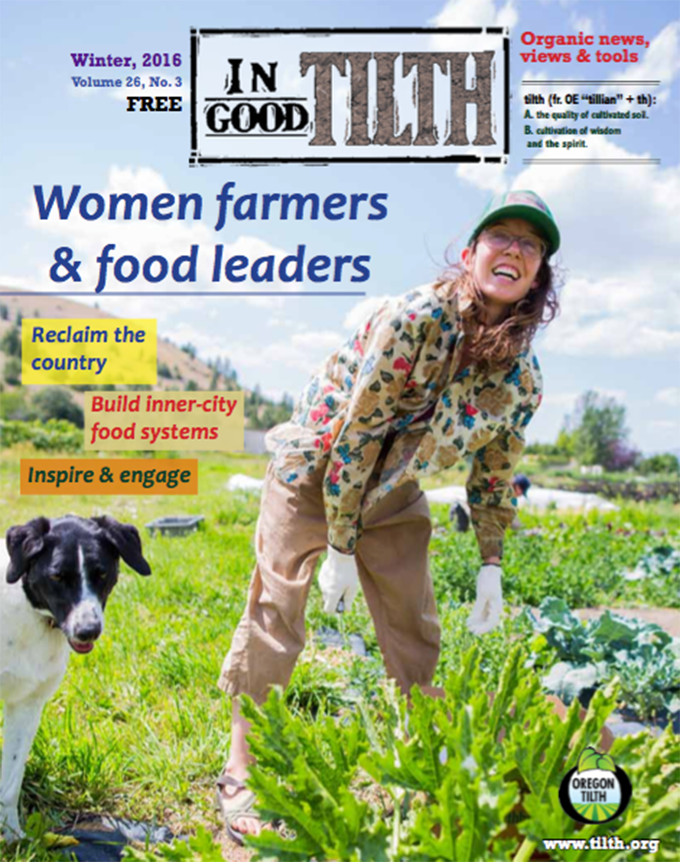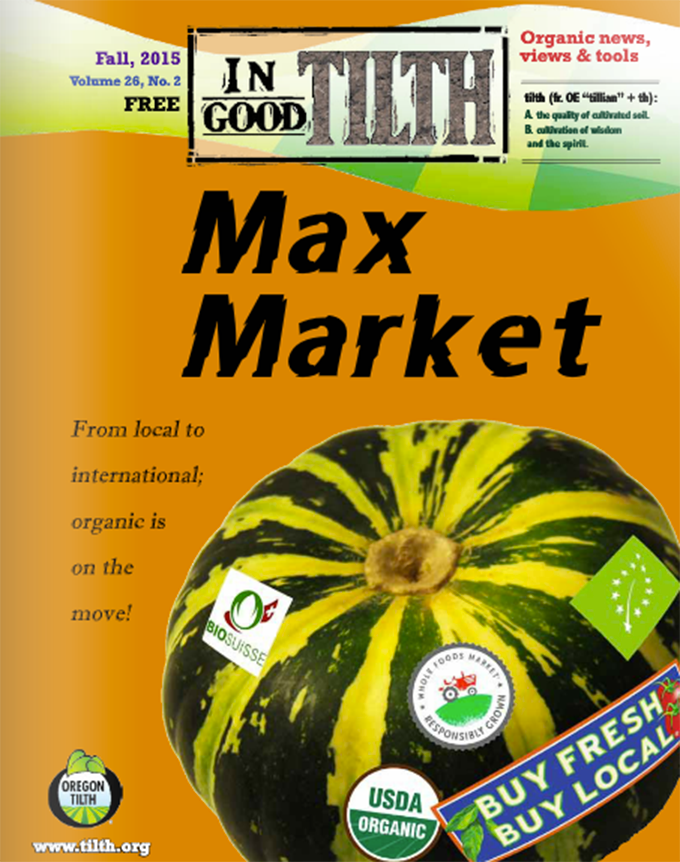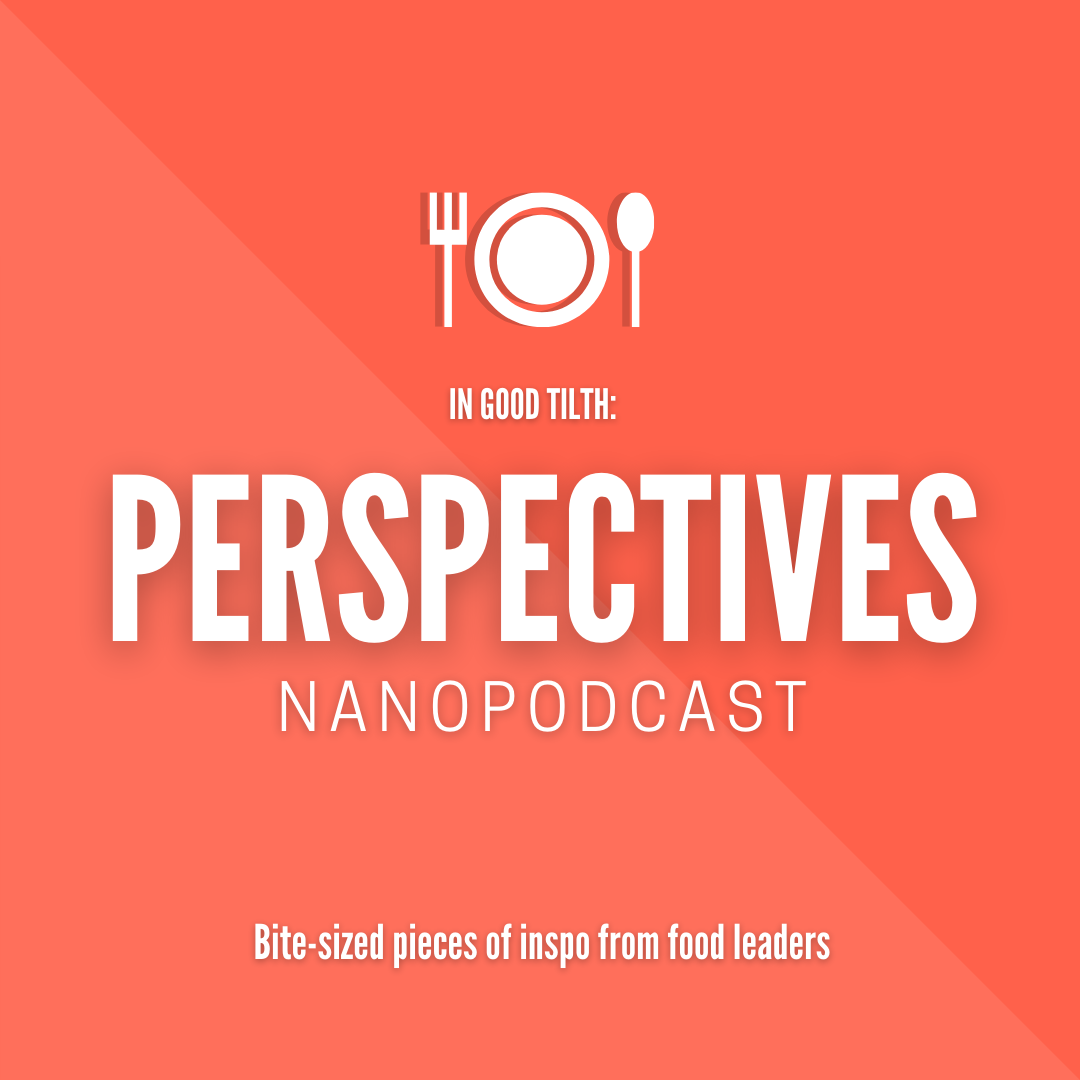Grocery shelves are awash with high-quality, well-positioned organic products. National and regional organic brands alike compete for this precious real estate, offering robust promotions and aggressive pricing discounts. In this context, it can be difficult for new, small organic processors to discern their appropriate space, if any, in the organic marketplace alongside established brands. Discouragement can mount when these sales and marketing concerns are coupled with the challenges of rising costs and limited availability in the organic ingredient supply chain, along with the daunting task of complying with a range of food-safety, labeling and other regulations.
There is hope for the nascent organic processor, however. Retail buyers still seek novel organic food offerings from small, regional producers.
From Hummingbird Wholesale’s vantage as a small distributor, our purchasing team receives many solicitations from organic processors seeking regional distribution, and our sales staff regularly fields requests from buyers for us to carry new products.
As beginning processors complete the phases of product development and initial organic certification, many find that direct local sales provide the simplest path to bring a product to market. Even given our intense focus on supporting small, organic processors from our region, we rarely make the decision to distribute a product- from a new vendor who has no product sales history.
As direct sales grow and processors enter more retail outlets, many of them experience an inflection point where the work of sales, self-distribution and back-end administration consume far more time and energy than the labor of actual product manufacturing. This is often the time when processors consider distribution as an alternative sales and marketing channel to enable future growth.
What makes an organic product line attractive to a regional distributor? From our experience as a distributor keen to work with new, small, organic processors in the Pacific Northwest, we look for a few consistent traits when screening potential vendors.
Skillful product marketing is critical in the competitive organic grocery business. Vendors who have spent time engaged in direct sales prior to distribution generally have had the opportunity to receive market feedback and adjust packaging, pricing and other product attributes to meet customer needs and preferences. We have had the same learning experience ourselves as organic processors bringing our own lines of manufactured grocery products to market and continue to mature our own product marketing. Organic processors who have already begun this process through direct sales make much more attractive vendor partners for distribution.
Processors who continue to provide sales and marketing support for their products while in distribution are more likely to achieve greater sales growth and customer acceptance. Distributors vary in their level of sales effort in support of distributed products, and some may require extensive vendor-driven sales and marketing efforts as a prerequisite of distribution. This is understandable, with catalogs that can contain tens of thousands of items. Similarly, processors should expect to continue producing marketing collateral material while in distribution, especially in support of new products and seasonal promotions. Nobody can tell a product’s story as well as the producer, so providing marketing support that is directed at both distributor and retail consumption is welcomed. When planning the shift from direct sales into distribution, processors should anticipate some expectation of continued sales and marketing support from their end and budget accordingly.
Maintaining adequate product supply is critical for processors interested in getting into distribution. Every instance where shelf or warehouse space sit empty waiting on product provides an opportunity for a product to be displaced by a competitor with more consistent availability. Thoughtful consideration should be given to addressing supply-chain scalability when approaching distribution. Processors should carefully examine the limits and growth potential of their vendor relationships, seasonal ingredient constraints, internal processing, packaging and labeling capabilities, and logistical infrastructure. Entering distribution may be “too much of a good thing” for a processor, especially if their distribution partner dramatically expands a product’s reach into a large number of new retail outlets, where demand may rapidly outstrip a processor’s ability to supply product.
There are many challenges (or opportunities) for new organic processors who seek to enter distribution, yet the distribution relationship can be a valuable one. Maintaining clear and accurate communication is crucial for ensuring a successful distribution relationship and can go a long way toward avoiding pitfalls in this exciting growth stage.


